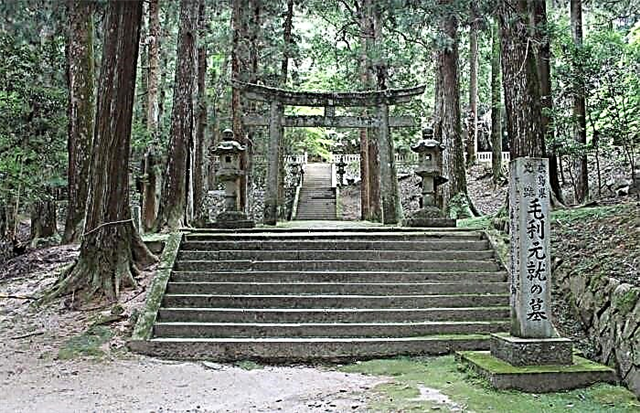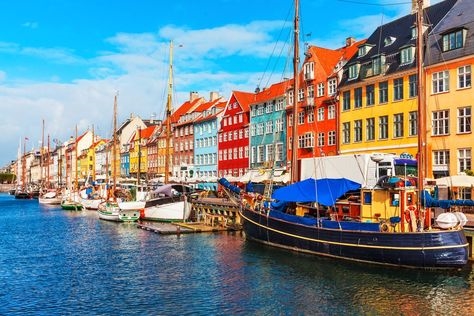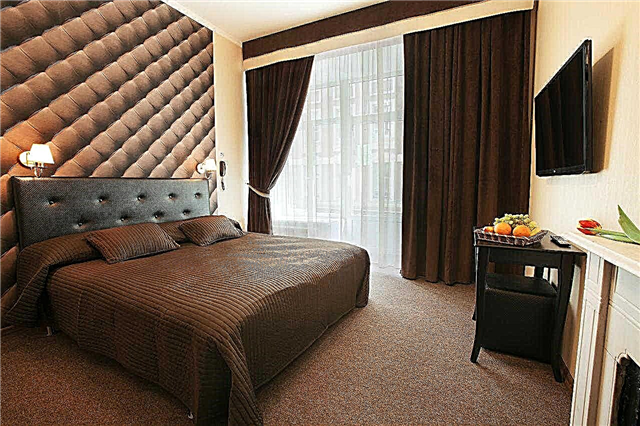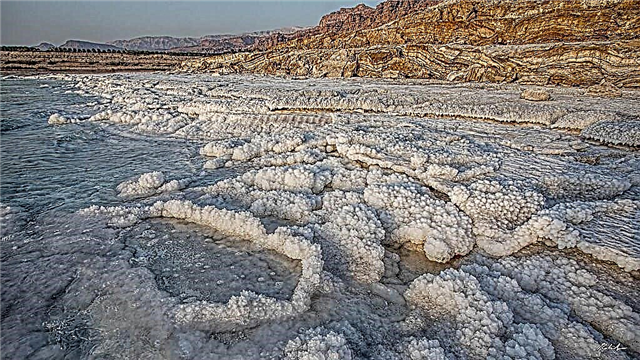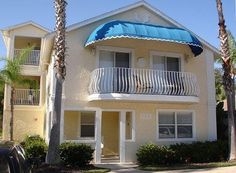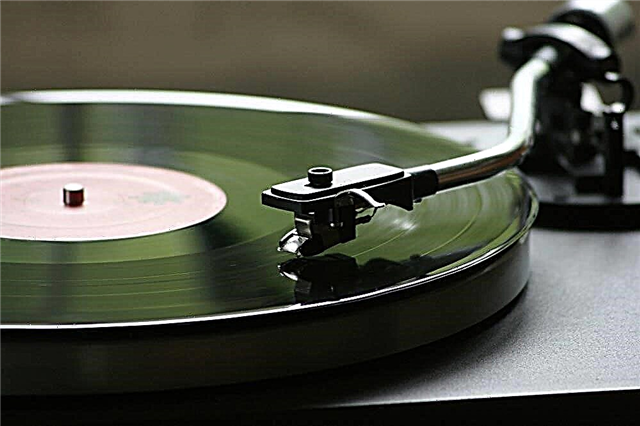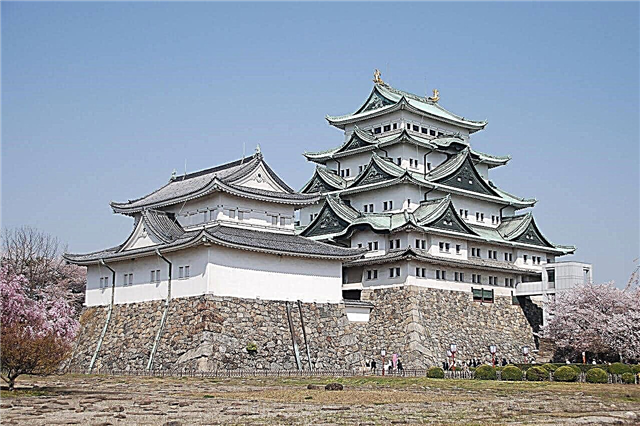Japan is famous for its picturesque medieval castles. Castles were erected by feudal lords to protect them from hostile neighbors seeking to strengthen their influence in the region. In the 17th century, the construction of fortresses was prohibited to prevent the isolation of settlements and increase fragmentation. At the end of the 19th century, during the Meiji reforms, it was ordered to demolish most of the castles to fight feudalism.
Millions of tourists visit Japan's fortresses every year. Thanks to reconstruction programs carried out by the government in the late 20th and 21st centuries, many castles have been rebuilt from ruins. In total, there are about 200 castles and fortresses in the Land of the Rising Sun, about the same number are in a dilapidated state.
The most interesting castles and fortresses in Japan
List, photos with titles and descriptions!
Himeji
Another name for the fortress is “The White Heron Castle”. It was awarded for its sophisticated architectural style and perfectly whitewashed walls. Himeji Castle is one of the oldest in Japan. The first fortifications were built here in the first half of the 14th century, and most of the modern buildings were erected at the beginning of the 17th century, including the 45-meter main tower. In the 19th century, a labyrinthine garden was laid out around the castle to protect it during a siege.
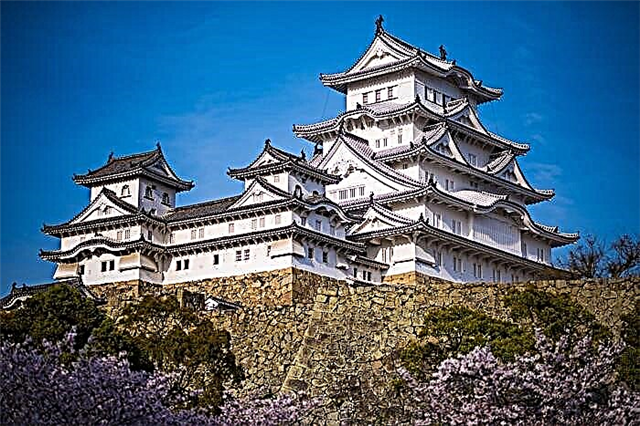
Matsumoto
The fortress received the name "Crow Castle", like Himeji, for its architectural style. The roofs of the side towers have wide ramps, like wings, and the castle itself is painted black. Tenshu fortresses and most of the fortifications were built in the 16th century. Part of the castle was intended for observing the moon and was named "lunar chambers". Today, due to its proximity to Tokyo, Crow Castle has become a popular attraction.

Shuri
Throughout the existence of the Ryukyu State, the castle was the royal residence. The exact time of construction is unknown. Presumably, the fortress was built in the XIV century. In the 18th century, the Ryukyu Islands became part of Japan. During the war years, Shuri was part of the defensive "Shuri Line" captured in May 1945. After the withdrawal of American troops from Japan, the castle was recognized as an important monument and restored.
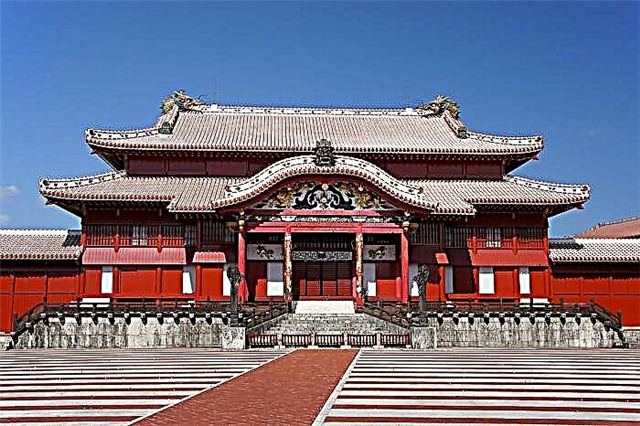
Nagoya
The first fortress appeared here at the beginning of the 16th century. From 1539 to 1555, Nagoya served as the seat of Oda Nobunaga, the unifier of Japan. From the middle of the 16th century to the beginning of the 17th century, the castle was empty due to the transfer of the center of the province to Kiyosu. But later, at the beginning of the 17th century, the capital was returned to Nagoya. The fortress was improved and completed. In the 19th century, the castle was damaged by an earthquake and was turned into a national park. With money from the residents of Nagoya, a large-scale restoration was carried out in 1959.
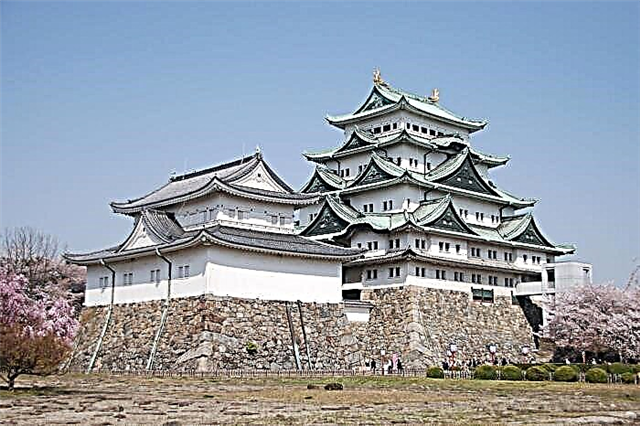
Inuyama
The oldest castle in Japan is located on the Kiso River. The foundation and the first tiers were laid back in the 1440s. But the upper floors and Tenshu were completed much later, almost 100 years later. In the late 19th century, Inuyama was badly damaged by an earthquake. Several years later, restoration work began. In 1965, a major overhaul was carried out, later observation platforms were installed. On the territory of the castle there are buildings of barracks and armories.
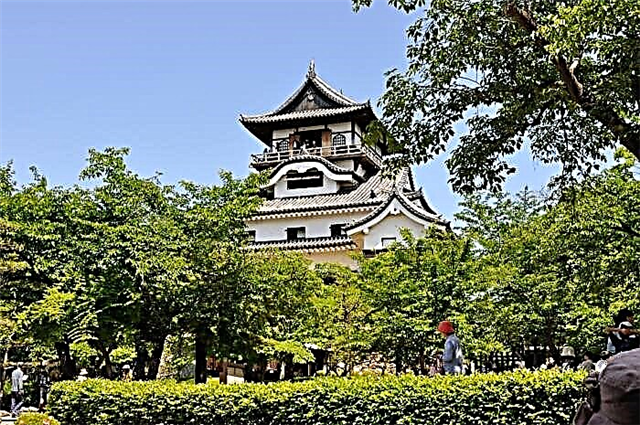
Osaka
The commander Toyotomi Hideyoshi built a fortress at the end of the 16th century on the model of Azuchi Castle, which belonged to Oda Nobunaga. By the beginning of the 17th century, the city of Osaka grew around the castle, which became the economic center of Japan. The fortress burned twice, and by the 20th century only ruins remained here. In 1931, restoration was carried out by the local authorities. During the Second World War, the castle was damaged by American bombing, but after it was restored by the authorities.
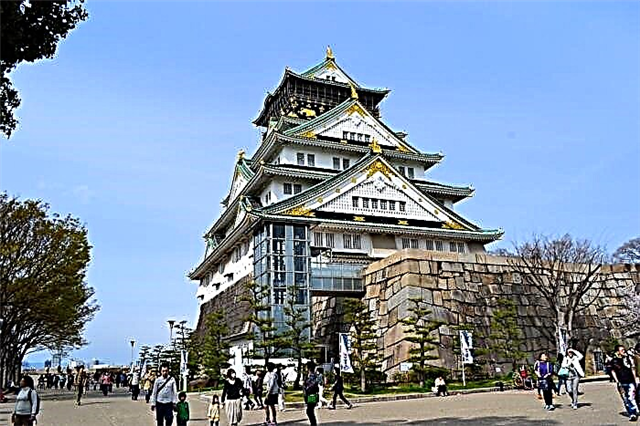
Nijo
The castle complex is located near Kyoto and includes two separate fortresses - Ninomaru and Hommaru. On the territory of each of them, gardens and fortifications are built. Nijo was built in the early 17th century and changed owners many times. In 1939, it became the property of the city of Kyoto, and since 1940 it has been open to visitors.

Kumamoto
A small fort was located on the site of the castle in the second half of the 15th century. At the beginning of the 17th century, it was rebuilt and expanded. More than a hundred wells were dug in the inner courtyard of the fortress to provide the garrison with water. During the Meiji reign, Kumamoto was abandoned. And during the Satsuma uprising, the castle was captured. Only the foundation and the tower have survived. In the XX century, the fortress was restored and turned into a museum.
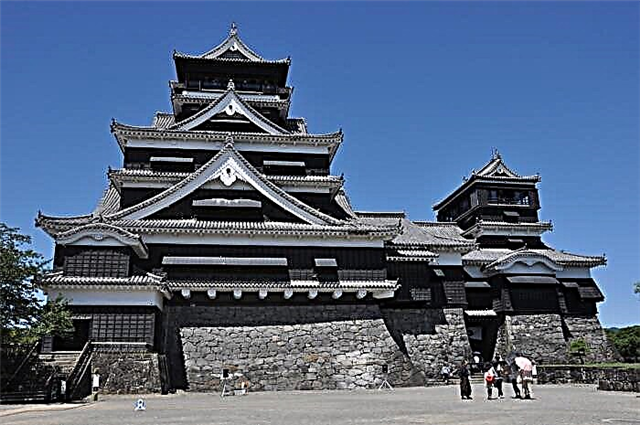
Matsue
One of the largest castles in Japan was erected on the shores of Lake Shinjiko at the beginning of the 17th century. The main purpose of the fortress is to defend the surrounding region, but Matsue has never been besieged. In 1875, all the fortifications, except for the main tower, were dismantled, but in the middle of the 20th century they were restored. Here is a museum of samurai weapons and armor. The peculiarity of Matsue is a complex device. The castle has six tiers, although only five of them are outwardly visible.
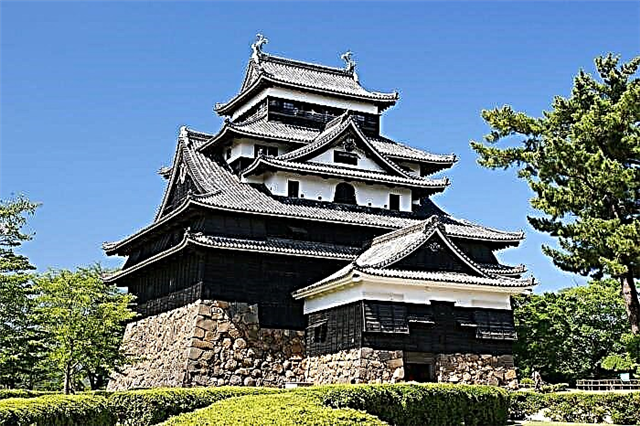
Hirosaki
The castle was founded in 1611. It has been inhabited for less than 30 years. In 1627, lightning struck one of the castle's towers. A fire that broke out destroyed most of the timber fortifications. It was restored only at the beginning of the 19th century. On the territory of the Hirosaki Fortress, gardens are laid out in which hundreds of different trees and flowers are collected.
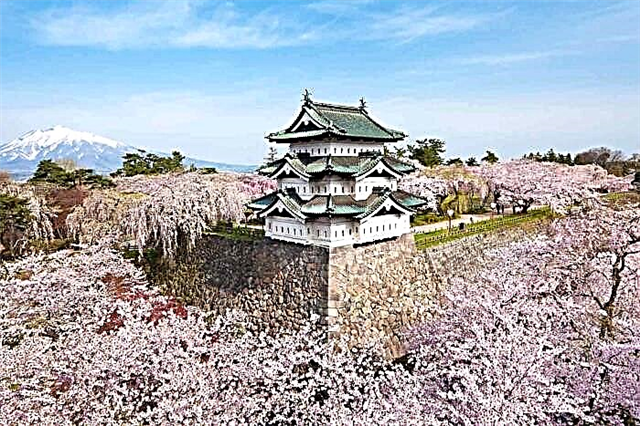
Hikone
In the 17th century, a full-fledged castle complex was built here on Mount Konki. During the Meiji reform period, Hikone, like many other fortresses, had to be destroyed. But, at the personal request of the emperor who traveled here, the fortress was preserved. Since the middle of the 20th century, Hikone has become a national museum, where the treasures of the Ii clan - armor, jewelry and kimonos - are located.
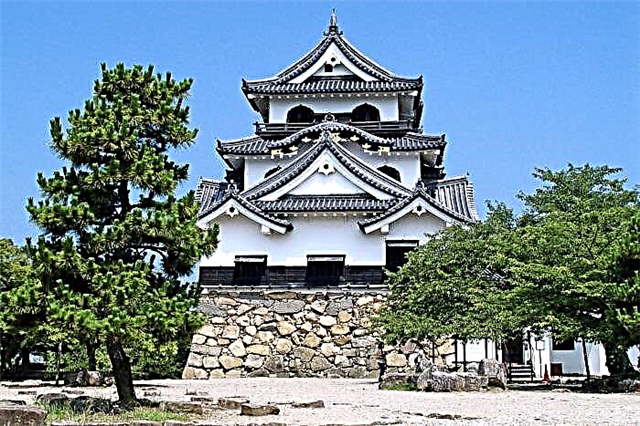
Shimabara
The fortress was built near Nagasaki, on the island of Kyushu, at the beginning of the 17th century. The high taxes imposed during the construction of the castle caused the Shimabara popular uprising. The Shimabar Peninsula was the center of Catholicism in Japan, so Christianity was banned after the riots, and the rebels were executed. Today, the castle houses a museum of Japanese Christianity.
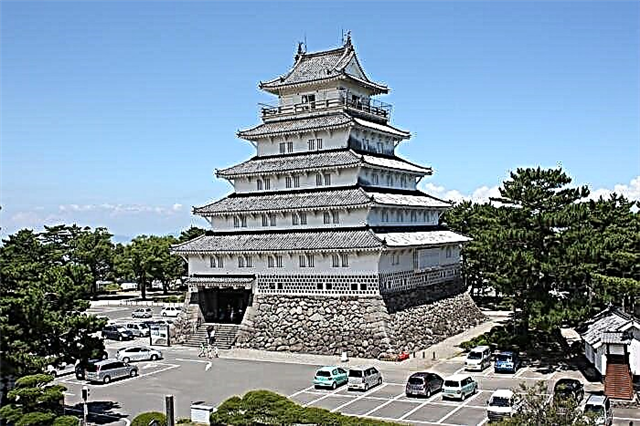
Hiroshima
The castle was founded in 1589 by the major landowner Mori Terumoto, as the central fortress of his possessions. Only after the construction of the castle, the villages around it began to unite into one settlement and be called "Hiroshima". At the beginning of the 17th century, the castle was damaged by floods, but was restored. The atomic bombing destroyed almost the entire city, including the fortress. The reconstruction was carried out only in 1958.

Fushimi
The foundation was laid on Mount Momoyama, near Kyoto, in 1592. But already in 1596 an earthquake completely destroyed the castle. Until the next destruction that occurred at the beginning of the 17th century, by order of the authorities, there was a tea room decorated with gold. Fushimi acquired its modern look after reconstruction in 1964.
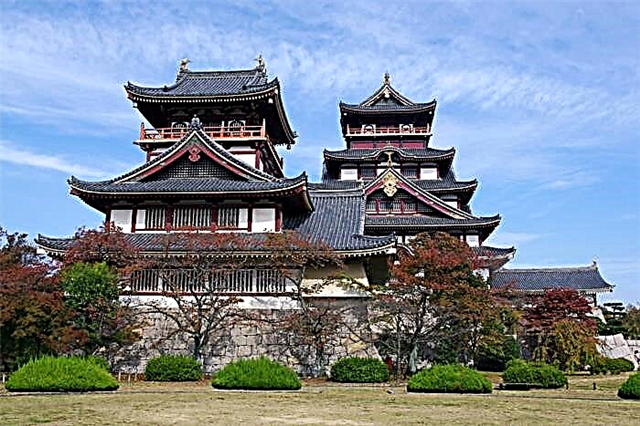
Matsuyama
The construction of the castle was completed in 1627. At the end of the 18th century, the main tower was completely destroyed by fire and was rebuilt only in the middle of the 19th century. Matsuyama survived the Meiji Revolution, during which more than 60% of Japan's castles were destroyed. Nowadays, the ascent to the mountain, to the fortress, is carried out by cable car, and a large-scale park is laid out at the foot.
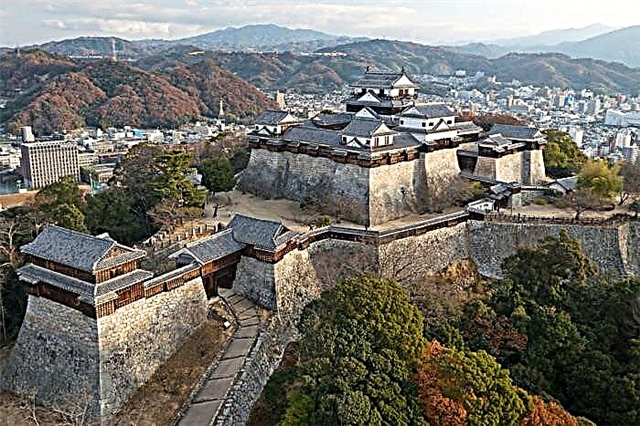
Iwakuni
The castle was built at the beginning of the 17th century. In 1615, it was dismantled, according to a law passed by the Tokugawa shogunate to end feudal fragmentation. According to the laws of the shogunate, each province was supposed to have only one fortress. The restoration was carried out only in 1962. A history museum was opened in the castle. It features weapons and armor of the castle's samurai.
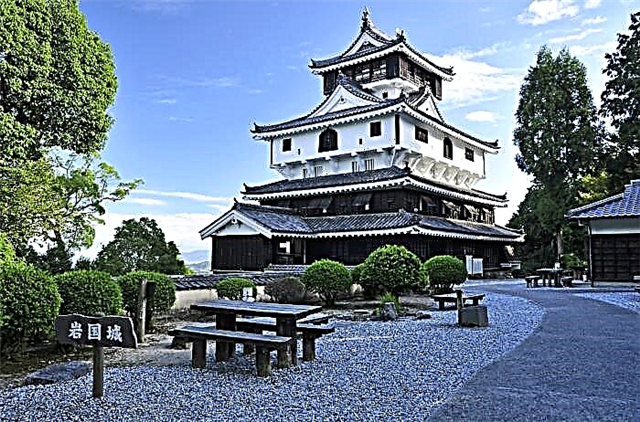
Aizuwakamatsu
One of the most ancient castles in Japan was built at the end of the 14th century by one of the samurai clans, the Ashina. During the period of internecine wars, the fortress passed from hand to hand several times. In the 19th century, most of the structures were damaged, and the main tower was demolished. The restoration was carried out in the 1950s at the expense of local residents.Like many other castles, the Tenshu tower was built of reinforced concrete.
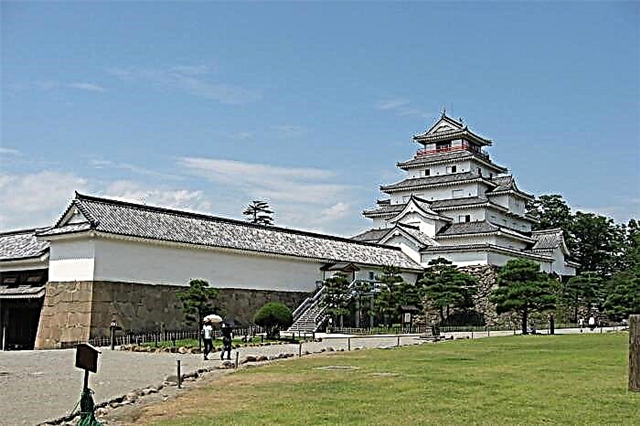
Maruoka
The modern buildings of the castle were erected at the end of the 16th century, but the first fortifications appeared here much earlier. During the construction of the main tower, the Hitobashira rite was carried out, during which a peasant woman was walled up in the wall. The Japanese believed that such a sacrifice protects and strengthens buildings. Maruoka is called the castle in the fog, according to one version - for the sakura gardens, according to the other - thanks to the fogs that envelop the fortress when the enemy approaches.

Nakatsu
One of the largest existing castles, surrounded by a seawater moat, was built at the end of the 16th century. Nakatsu was later damaged during the Meiji Revolution, but was rebuilt in the 20th century. Gardens are laid out in the courtyard, from the observation platforms of the castle overlooking the Pacific Ocean, and inside there is a museum of the history of the Okuidara samurai family.
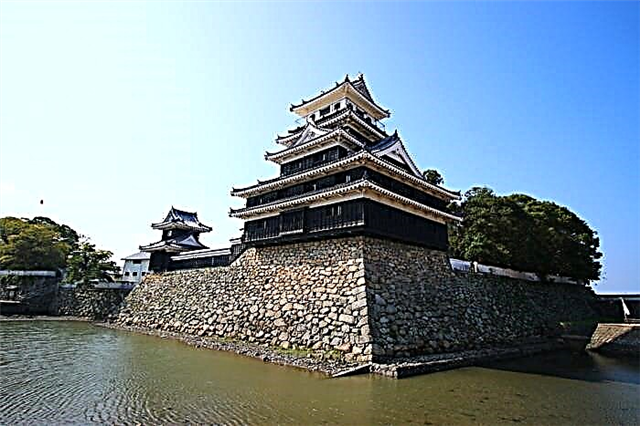
Takamatsu
Built in 1590, the castle has survived to this day not completely reconstructed after the destruction of the Meiji Restoration. Takamatsu is located by the sea. Gardens are laid out on the territory of the fortress, and exhibition halls are arranged in the preserved buildings. The restoration process of the fortress began at the end of the 20th century and continues to this day.
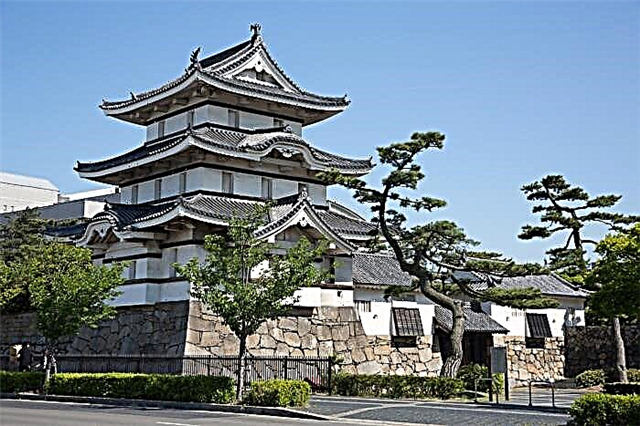
Ueda
The construction of the castle began at the end of the 16th century. He endured the siege of Tokugawa troops twice during the Tokugawa shogunate. During the Meiji Restoration, the castle was almost completely destroyed. Only some towers and fortifications remained from it. The inner courtyard of the fortress, towers and gardens reconstructed in the 20th century, where the annual cherry blossom festival is held, have survived to this day.

Fukuyama
One of the youngest castles in Japan was built in 1822, in the city of the same name, near Hiroshima. But just 50 years later, the fortress was abandoned and demolished as part of the Meiji reforms. In 1945 the castle was badly damaged by bombing. Tenshu and the palace were burned down. The restoration began only in 1966. After her, the museum of the history of the city of Fukuyama was opened here.
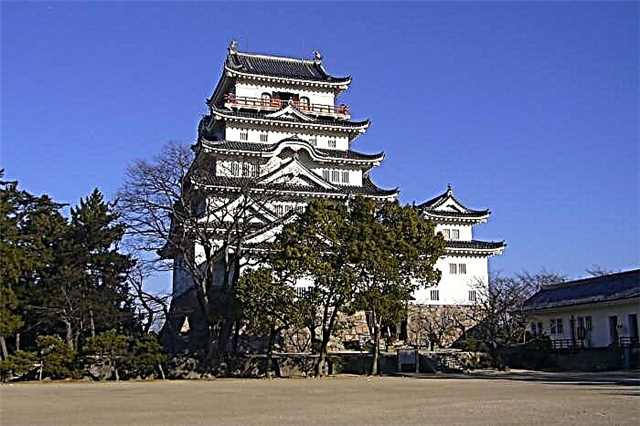
Azuchi
One of the many fortresses erected by Oda Nobunaga. Azuchi was built in 1582 to protect the approaches to Kyoto and transport routes on the shores of Lake Biwa, the largest lake in Japan. The castle rooms were richly decorated with gold foil and ebony carvings. But less than a year after its construction, the castle was destroyed. Since the end of the 16th century, it has been abandoned. The restoration was carried out only at the end of the 20th century.
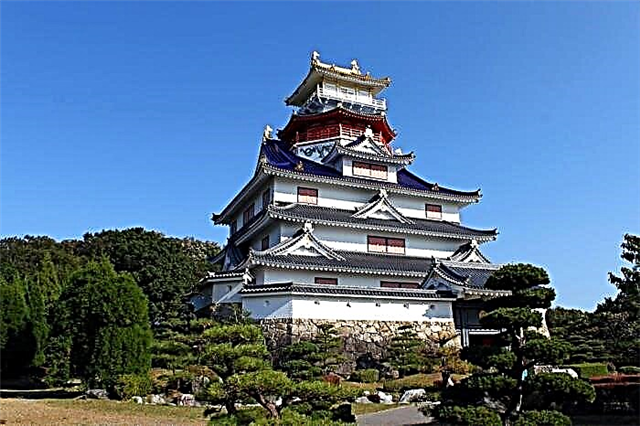
Marugame
The smallest fortress in Japan was built in the late 15th - early 16th centuries on the coast of the Seto Sea. But already in 1614 the castle was demolished and restored only in 1641. Most of the buildings in Marugame were destroyed by fires and by order of the government. Only the main tower, where the historical museum, walls and some fortifications are located, have survived to this day.
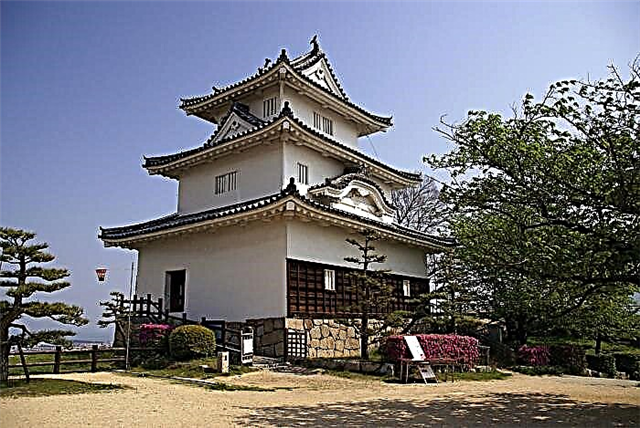
Takeda
One of the most beautiful castles in Japan was built in 1443. Takeda is located on a mountain 300 meters above the valley. Due to this, when thick fog descends into the valley, the castle remains above it and it seems that Takeda is among the clouds. For this he was called by the local "city in the sky." A whole castle complex has survived to this day. Takeda is a popular location in cinematography and has been referenced in many films.
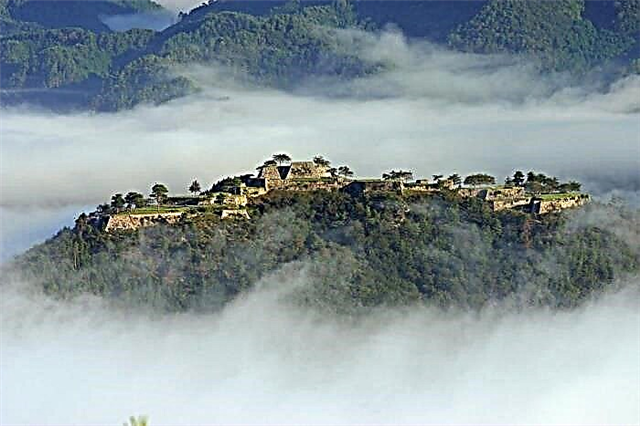
Kanazawa
The entire castle, except for the Ishikawa Gate, is a reconstruction completed in the 20th century. The fortress was built here in 1592. But already in 1881, as a result of a fire, Kanazawa was destroyed. The restoration was carried out only in the second half of the 20th century. Every year, the renovated castle hosts a festival in honor of Prince Maeda Toshiie, who founded the castle.
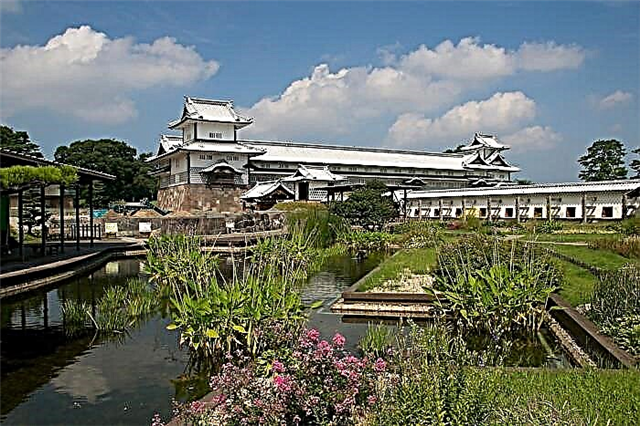
Okayama
The castle was built in the second half of the 14th century and several times passed into the possession of various Japanese clans. At the end of the 19th century, the fortress became state property as part of the Meiji reforms. For many decorations, golden statues and black walls, the castle began to be called the "Castle of the Golden Crow". It was destroyed during the war. Reconstruction was carried out in the 1960s.
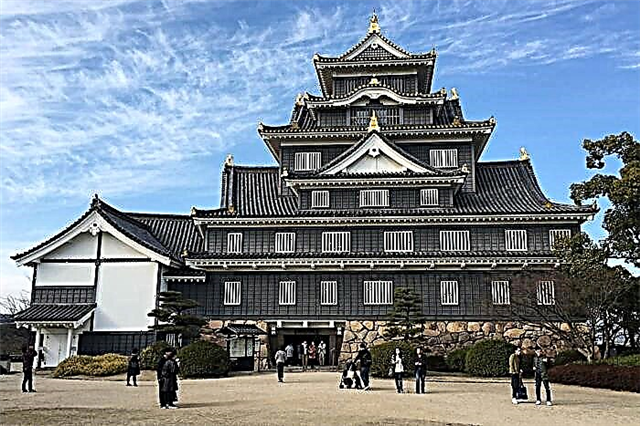
Kochi
The construction of the castle was completed in 1611. But the fire of 1727 destroyed most of the wooden buildings. The Meiji restoration also affected the castle. Some of the fortifications were demolished. They were reconstructed only in the 20th century. Kochi is the only castle in Japan with the original inner ring of fortifications. In most others, it is either restored or completely absent.

Karatsu
The castle, located on the coast, at the top of Mount Mitsushima, was built at the beginning of the 17th century. In 1871, Karatsu was abandoned, and some of the buildings collapsed under the influence of time or were demolished by order of the authorities. Later, restoration was carried out. The castle is famous for its cherry blossom gardens, history museum and pottery museum.

Yoshida Koriyama
The fortress existed from 1336 to 1637. By the end of the 16th century, Yoshida Koriyama was abandoned due to its disadvantageous location away from trade routes. It was replaced by the nearby Hiroshima Castle. In 1637 the fortress was demolished due to the danger of a peasant uprising, as happened on the Shimabara Peninsula. Only ruins and abandoned gardens on the territory of the ancient castle have survived to this day.
